|
https://ift.tt/2TlhDtT
How to Avoid Distraction as a Marketer https://ift.tt/2TlonrG
To explore how to avoid distraction as a marketer and as a human, I interview Brian Solis. Brian is a digital analyst and futurist at the Altimeter Group, and author of the book Engage!. His latest book is Lifescale: How to Live a More Creative, Productive, and Happy Life. Learn how a digital lifestyle and social media lead to distraction and discover resources and exercises to help refocus your attention on what matters. Read a summary of the interview below. To listen to the interview, scroll to the end of this article.
Understanding and Overcoming Digital Distraction
That experience as well as having the opportunity to present at Social Media Marketing World 2018 put him on a journey of revisiting his relationship with social media and technology; he started to explore the depths of why these things were so immersive. Eventually he discovered that these things were designed to be not just distracting, but addictive. When he googled what to do about the distraction and addiction, he was greeted with platitudes and inspirational quotes, as well as suggestions to take up yoga, meditation or mindfulness, or to download apps such as Calm and Headspace. These things could help with the symptoms of distraction, but didn’t help him solve the underlying problem. That is why he began the research that became Lifescale. The Underlying Problems Marketers and Consumers Face Today
This cycle becomes a way of life that takes up the time we would otherwise use to dive deeper into other projects because we’re constantly notified of updates or we’re thinking about whether we even have notifications or updates. If you’re a marketer, trying to reach someone and attract their attention, you have to become increasingly aggressive, more ambitious, more entertaining, and more bombastic. When you do manage to get their attention, you only have it for a moment. What are you going to do to create some kind of metric that matters? As a consumer, how are you supposed to focus on a single brand or something of relevance when everything is vying for your attention on social media and your mobile device? This cycle creates an attention crisis that we have to think about more holistically. Being louder and more bombastic is not the answer. Access to Multiple Media ChannelsBrian and I both remember a time when there weren’t a lot of channels to distract us. There was one local newspaper and maybe a couple of radio stations. The media landscape wasn’t as distracting or as pervasive as it is now, and we had guides (parents, teachers, managers) who navigated the media landscape for us. Now, of course, there are unlimited options, and the mass adoption of smartphones and social media has led to media’s democratization; Brian used to joke that the good thing was that this gave us all a voice, and that the bad thing was that this gave us all a voice. While the game has changed, Brian thinks the impact is relative because every generation learns – in its own way – how to manage multiple media sources. The challenge, though, is that we may not even realize that we are distracted, or recognize the consequences and ramifications that stem from that distraction: anxiety, low self-esteem, lack of confidence, loss of creative motivation or inspiration, etc. Built-In AddictionWhen Brian was researching what was happening behind the scenes of social media, he discovered the work of Tristan Harris. Tristan was a designer for some big names, and he’s revealed a lot of tips and tricks used to keep people engaged with and coming back to apps and platforms.
For example, if you open any one of your apps, whether it’s Instagram or Twitter, you’ll notice a millisecond delay between when the app opens and when the number of notifications you’ve had since the last time you opened is updated. That delay is meant to build your anxiety or anticipation, so that you’re relieved when you see that there is a number. And your brain wants more of the chemical that’s released when you’re relieved. The feeling that you need to post an update because you’ve built an audience, or the validation you feel when someone likes or responds to your post? These also unlock chemicals your brain will crave more of. It’s called intermittent responsive design, and it’s intentional. It’s not unlike the type of strategies that go into designing slot machines, and part of what makes it so difficult for people to step away. Quitting Facebook, for example, is similar to quitting cigarettes or quitting alcohol. Your body has become used to the chemicals released every time you use the platform. The more you participate, the more often you unlock those chemicals, the more addictive it is. It becomes a vicious cycle and now, some of the biggest leaders in the digital space – including Roger McNamee, one of Facebook’s earliest investors, and Salesforce founder, Marc Benioff – are trying to get people to pay attention. Digital Wellness Initiatives
There are detox camps or dinners where you have to check your device at the door; the whole premise being that you have to talk to people. Ironically, there are also apps that aim to focus you on the matter at hand or the moment you’re in. Android and Google and Apple have both introduced digital wellness platforms or dashboards on devices to help you understand how much time you’re spending on them and where you’re spending that time. Some people look at the time-spent metric as a badge of honor, rather than wondering how that time could be used toward something more productive or lucrative. Brian, however, considered that it doesn’t have to be an either/or proposition. These technologies can distract us, but they can also empower us to be productive and far more impactful. Part of Brian’s research journey was focused on finding a way to make these things work for us. He spent a lot of time trying to understand the psychology, emotions, and neuroplasticity associated with our brains rewiring when we use this tech, and to find ways to rewire again so we can each become more productive. The Journey Back From Distraction
Because we’re pulled in so many directions at every minute of the day that we we are losing touch with ourselves, you basically need to execute a control-alt-delete to reimagine what your life should be in this era of distraction, Then you can rebuild everything – use these tools, devices, and networks to work for you, to get you where you need to be. To help you rebuild, Lifescale, walks you through a series of exercises that build upon each other. They’re very easy at first and help you think about things in a different way. The idea is to find the things that engage you and be more intentional about putting more of that into your life. Because the more you do that, the more you build discipline and the more you sharpen your focus. Without even knowing it, you get better and stronger and more creative over time. Starts March 20th! Discover the latest tactics and improve your marketing know-how! I share that when I sit in front of my computer, I have a sticky note in front of me that lists all the things I need to get done that day. If there’s not a big list on that sticky note, then I will let everything distract me. I will check my email. I will check my social platforms. I will check Messenger. I will check Instagram. I’ll do everything I can to just make sure all that stuff is gone before I start what I really need to do. Brian recognizes that we all do that and that it’s part of the challenge. What we don’t recognize though is that as we’re doing that, we’re confusing those items (distractions) for things that are important. Each day we only have so much fuel that can go into whatever it is we have to accomplish, whether that’s writing or phone calls or teaching. When that creative fuel is exhausted on distractions, we don’t necessarily do our best work when we come out of it. Giving in to distractions affects the output and the outcome.
Brian agrees and expands by explaining that this behavior builds up into an unnamed and unidentified blob of of stress and anxiety within each of us. We feel gratified as explore all of these distractions – but at the end of the day, we’ve been fooled into believing that the distractions were more important than they really are. This is why Brian uses creativity as his muse in the book; when you create and when you give something to yourself or to anyone around you, that is a better moment for a community, for conversation or for engagement. That shifts us from a consumption mentality to a creation mentality where we start to feel gratification as we go. How the Allure of Fame Plays Into DistractionThere is this desire held by many of us to be famous. Maybe as kids we wanted to be like our favorite sports star or favorite musician or favorite actor or radio personality. Social media gave us a little bit of that and all of a sudden told us that feeling was the most important thing. Brian has studied and written research on this topic since the late ’90s, and he believes this is also part of the distraction challenge. Whether we’re famous or micro-famous, we are lured into being present online so that we don’t disappoint or lose relevance among our followers. What’s more, when you get a taste of social attention, fame or influence, you want more. You crave more. You start to push the boundaries of what you’ll do for it. Before you know it, you’ve moved your center of reference so far away from what it used to be that you’re living a life that isn’t rooted in core values, aspirations, beliefs or conventions. Lifescale is a guide – and instruction manual – to help us deal with that instant micro-fame and online attention. An Ethical Path Forward for Digital MarketersWhen Brian was studying digital influence and how technology can influence us for better or for worse, he came up with a saying. “There are two ways to change behavior. One is to inspire it and the other is to manipulate it.”
He believes a lot of what’s happening today is the result of manipulation. We don’t see it as manipulation because we get instant gratification and it feels good —until it doesn’t. If you’re manipulating attention through stunts and trends, that’s what your brand becomes. But if you are a brand or a marketer that produces content that’s there when I need it — when I go through my research process or my discovery process — that wealth of information will guide me on a journey from where I was directly to you. It’s time to explore or reimagine the customer journey. Rather than marketing to or manipulating people, use the advanced technological platforms such as AI and machine learning to tailor and scale your messages to meet people where they are on their journeys. For example, people today go to their smartphones because it’s the device we always have on and with us. We go to mobile devices to make decisions about whatever it is that we need to buy or research. If 90% of those decisions start on the smartphone, 78% of us go with the company we feel is most useful in those moments. This is a big deal because it resets our idea of what brand value is. Consumers used to go into the journey with X amount of brands already in mind due to preexisting marketing. Now, people want to see what’s best for them, what’s most useful for them. It’s a game changer. Listen to the show to hear what happened when a global beauty brand studied the effects of Instagram, Snapchat, and Facetune on a woman’s definition of beauty. Discovery of the WeekSCRL is a mobile app for Instagram that slices landscape images into easy-to-swipe segments so viewers can flip through them with ease.
Users can also add in different photos, text, or backgrounds. This app directly retrieves photos from the phone’s video roll, allowing you to drop them into a unique order. Video options are also available. SCRL is a free mobile app currently available for iOS. Listen to the show to learn more and let us know how SCRL works for you. Key Takeaways in This EpisodeListen to the Interview NowThe Social Media Marketing podcast is designed to help busy marketers, business owners, and creators discover what works with social media marketing. Where to subscribe: iTunes/Apple Podcast| Android| Google Podcasts| Google Play| Stitcher| TuneIn| Spotify| RSSWhat do you think? Do you struggle with distraction? Share your thoughts in the comments below. Starts March 20th! There are 17 tracks of content available to you at Social Media Marketing World. Don't miss this event! Social Media via Social Media Marketing | Social Media Examiner https://ift.tt/1LtH18p March 22, 2019 at 05:10AM
0 Comments
Leave a Reply. |
�
Amazing WeightLossCategories
All
Archives
November 2020
|


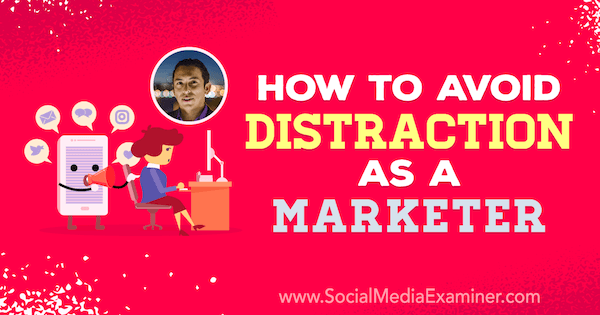
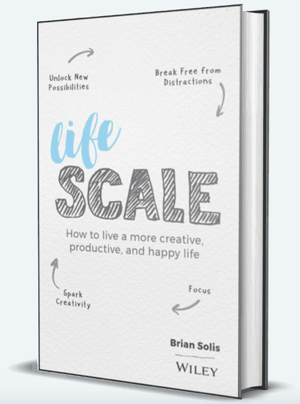 While Brian was attempting to write a book on innovation and how to make innovation a much more approachable phenomenon, he found himself writing and writing and writing – essentially spinning in a vicious cycle that wasn’t getting him any closer to where he needed to be.
While Brian was attempting to write a book on innovation and how to make innovation a much more approachable phenomenon, he found himself writing and writing and writing – essentially spinning in a vicious cycle that wasn’t getting him any closer to where he needed to be.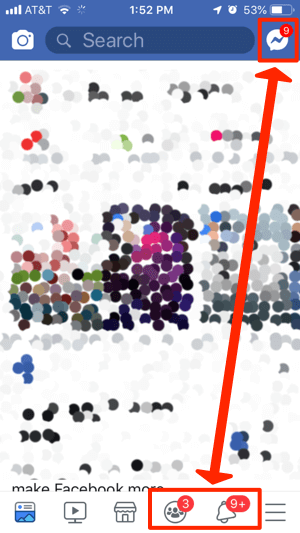 Consuming content online or posting about your best life and experiences – whether you’re a marketer or not – isn’t simply living a digital lifestyle; we become caught up in this constant cycle of sharing and consuming and liking and getting liked and following and being followed.
Consuming content online or posting about your best life and experiences – whether you’re a marketer or not – isn’t simply living a digital lifestyle; we become caught up in this constant cycle of sharing and consuming and liking and getting liked and following and being followed.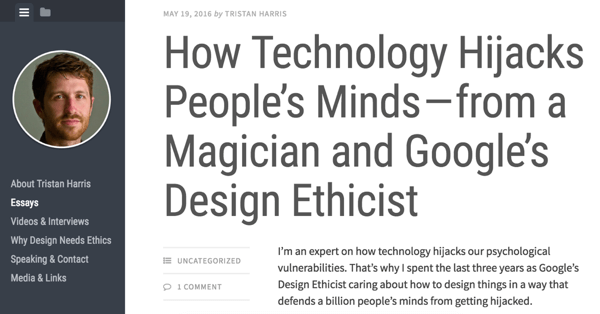
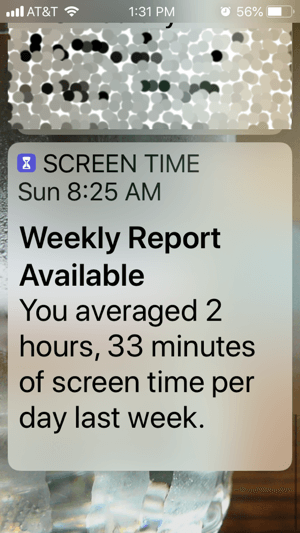 Brian says a number of digital wellness practices and technologies are emerging because there is some recognition that we are giving too much of ourselves to our devices in some ways.
Brian says a number of digital wellness practices and technologies are emerging because there is some recognition that we are giving too much of ourselves to our devices in some ways.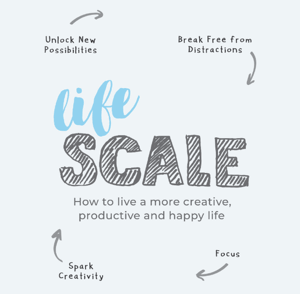 The journey from distraction back to purposeful use of social media and technology, begins with a personal and introspective process. Each of us has to determine, for ourselves, what is valuable to us. What are we trying to do? Are we trying to live a best life based on what we see others living, or have we actually thought about our best life as something different and incredible? Are these tools (social media and technology) helping us get closer to that best life or are they taking us further away from it?
The journey from distraction back to purposeful use of social media and technology, begins with a personal and introspective process. Each of us has to determine, for ourselves, what is valuable to us. What are we trying to do? Are we trying to live a best life based on what we see others living, or have we actually thought about our best life as something different and incredible? Are these tools (social media and technology) helping us get closer to that best life or are they taking us further away from it?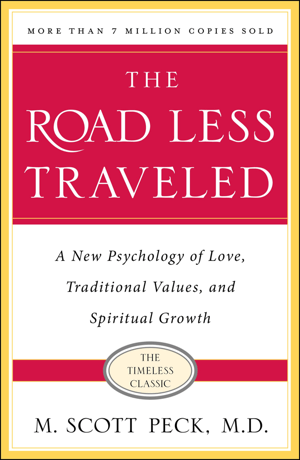 I recall reading The Road Less Traveled by Dr. M. Scott Peck – a book that talks about the concept of delayed gratification – and share that I hear Brian echoing a similar behavior philosophy. When I’m checking social and email and other distractions, I’m seeking instant gratification instead of doing the work, which is technically going to be more gratifying for me.
I recall reading The Road Less Traveled by Dr. M. Scott Peck – a book that talks about the concept of delayed gratification – and share that I hear Brian echoing a similar behavior philosophy. When I’m checking social and email and other distractions, I’m seeking instant gratification instead of doing the work, which is technically going to be more gratifying for me.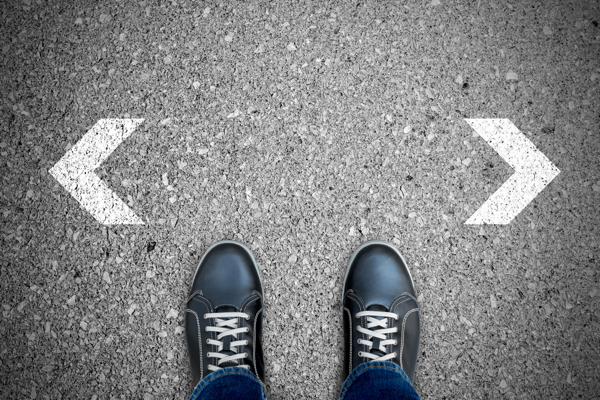


 RSS Feed
RSS Feed
